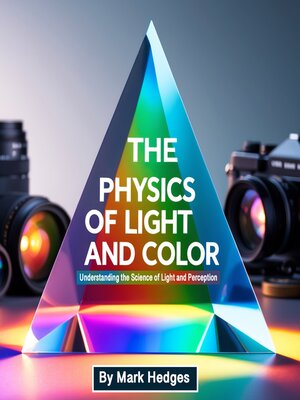The Physics of Light and Color
audiobook (Unabridged) ∣ Understanding the Science of Light and Perception
By Mark Hedges

Sign up to save your library
With an OverDrive account, you can save your favorite libraries for at-a-glance information about availability. Find out more about OverDrive accounts.
Find this title in Libby, the library reading app by OverDrive.



Search for a digital library with this title
Title found at these libraries:
| Library Name | Distance |
|---|---|
| Loading... |
Light is a form of electromagnetic radiation that is visible to the human eye. It is essential for the process of vision and plays a crucial role in our understanding of the universe. The study of light, known as optics, explores how light behaves, interacts with matter, and is perceived by the human eye. Color, on the other hand, is the result of how light interacts with objects and is perceived by the brain. The interaction between light and matter can produce a wide range of effects, such as reflection, refraction, and dispersion, which give rise to the rich variety of colors we see in the world around us.
The nature of light can be understood through both particle and wave theories. In the early 20th century, scientists realized that light behaves not only as a wave but also as a particle. This wave-particle duality is one of the key concepts of quantum mechanics, where light exhibits both wave-like properties, such as interference and diffraction, and particle-like properties, such as when it is absorbed or emitted in discrete packets called photons. These photons carry energy and momentum, and their interactions with matter give rise to various phenomena that are central to the physics of light.







